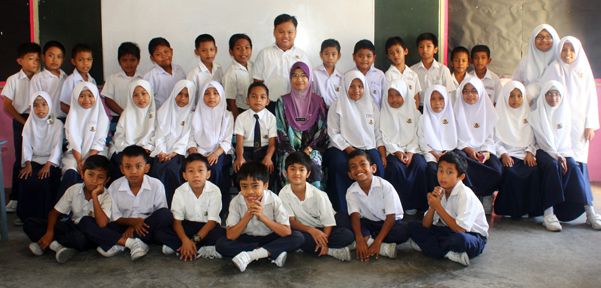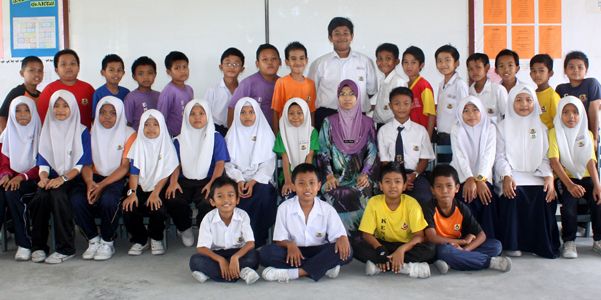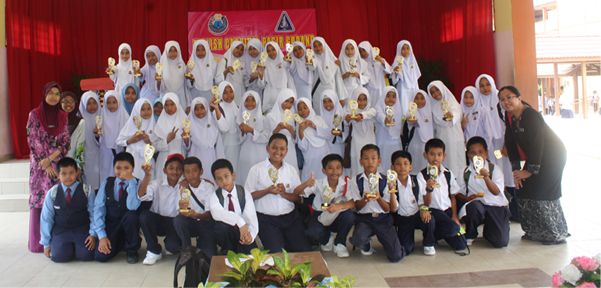Most people only think that there is one way to sleep: Go to sleep at night for 6-8 hours, wake up in the morning, stay awake for 16-18 hours and then repeat. Actually, that is called a monophasic sleep cycle, which is only 1 of 5 major sleep cycles that have been used successfully throughout history. The other 4 are considered polyphasic sleep cycles due to the multiple number of naps they require each day. How is this possible? How is this healthy? Well the most important of every sleep cycle is the REM (Rapid Eye Movement) sleep stage, which has been shown to provide the benefits of sleep to the brain above all other stages of sleep. When changing over to a polyphasic cycle, the lack of sleep tricks the body into entering REM sleep immediately instead of 45 to 75 minutes into sleep like in the monophasic sleep. This way, you still get the benefits of 8 hours of sleep without wasting all of the time it takes to get to REM cycles, resulting in a much more efficient sleep cycle. You can get more information about stages of sleep here.
Here are polyphasic cycles:
Uberman Cycle:
20 to 30 minute naps every 4 hours, resulting in 6 naps each day. The uberman cycle is highly efficient, and usually results in feeling healthy, feeling refreshed upon waking and extremely vivid dreams. Many uberman-users report increased ability to lucid dream as well. However, the rigid schedule makes it near impossible to miss naps without feeling horribly tired. Blogger Steve Pavlina tried the cycle for 5.5 months and had amazingly positive results. He only reverted to monophasic sleep so that he could be on the same cycle as his wife and children. Read his report here.
Everyman Cycle:
One longer “core” nap that is supplemented with several 20-30 minute naps. The most successful variations that I have read about are either one 3 hour nap and three 20-minute naps or one 1.5 hour nap with 4-5 20 minute naps, all of which have equal amounts of time in between each nap. This cycle is much easier to adjust to than the Uberman and allows for more flexibity in nap times and in skipping naps when necessary. It is also still extremely efficient compared to monophasic with only 3-4 hours of sleep per day. Many bloggers have tried out this cycle and reported no negative effects on their health.
Dymaxion Cycle:
Bucky Fuller invented the cycle based on his belief that we have two energy tanks, the first is easy to replenish whereas the second tank (second wind) is much harder to replenish. So Bucky began sleeping for 30 minutes every 6 hours. That’s 2 hours a day of sleep! He reported feeling, “the most vigorous and alert condition I have ever enjoyed.” Doctors examined him after several years of using the cycle and pronounced him perfectly healthy. In fact, Fuller only stopped the cycle because his business associates were still stuck on monophasic cycles. This is by far the most extreme of the 4 alternate cycles, but also the most efficient.
Biphasic/Siesta Cycle:
Not even worthy of a diagram, the biphasic cycle is basically that of every college student. The biphasic cycle consists of sleeping for 4-4.5 hours at night, and then taking a 90 minute nap around noon. So not all that different, still more efficient than monophasic, but not by much.
However, not everyone agrees with these unnatural sleep patterns. Dr. Piotr Wozniak suggests some negative long-term effects of polyphasic cycles, available here and a follow-up article available here. I have to warn you though, they are both very long (which is why I don't even bother to summarize them for you here).
You might also want to check out a cool iPhone Sleep Cycle alarm clock app that monitors your movement and wakes you up when you're in your lightest sleep phase. This could be useful since being awaken while in your deep sleep (REM stage) is proven to interfere your long-term memory.
 |
| Sleep Cycle app screenshot |













































